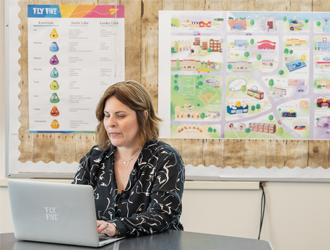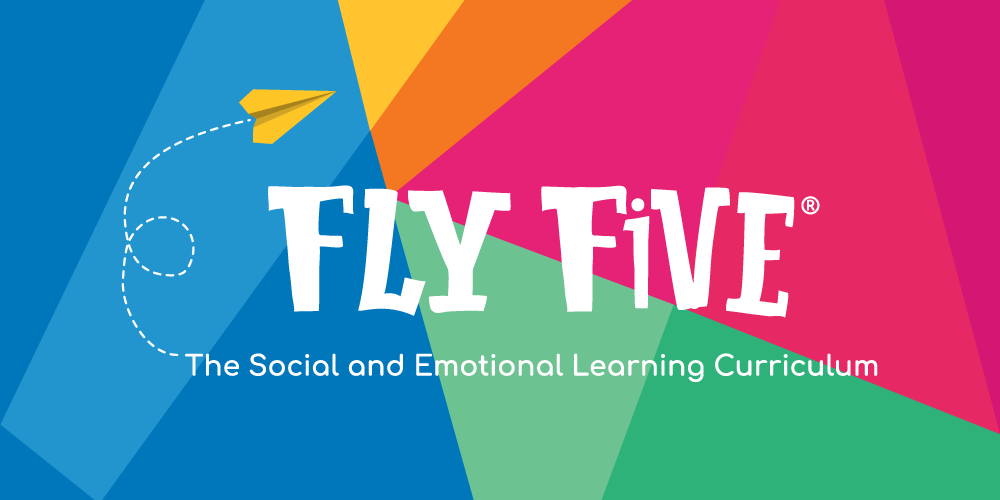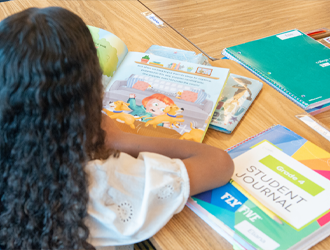Perseverance and Passion: Solving the “Grit” Equation

While working to achieve our goals and aspirations, we will inevitably hit roadblocks or become faced with uncertainties and hardships. In the classroom, both students and educators are balancing busy schedules, managing endless to-do lists, and making constant considerations while processing new information. One of the common threads that keeps us all motivated and moving forward in the right direction is grit. Defined as “perseverance and passion for long-term goals” (Duckworth, 2007), grit is associated with consistently working hard and persevering in the face of challenges to pursue our interests and dreams, despite shortcomings, failures, or lulls in progress. Luckily, we’re not born with a finite amount of grit. Instead, we can learn to develop grit and practice grit as a skill.
Fostering Grit in the Classroom
Research shows that individuals with more grit, or a highly-developed ability to persevere through challenges, are more likely to succeed in academic, social-emotional, and workplace settings (Duckworth, 2007). For example, when someone has built up the stamina to execute a long-term goal—they have more “grit” as an individual. Someone who practices grit stays the course, with sustained commitment, and accepts setbacks as a part of the learning process. Adopting this persevering, positive mindset in a classroom can be challenging for students, especially if they are doubting their ability to learn. That’s why grit and growth mindset are intrinsically linked. Grit and growth mindset both show us that success is not determined by innate ability or traits, but instead is developed through hard work and determination (Dweck et al., 2014). When students can move away from having a fixed mindset and remain open to new information and situations as they present themselves, they are more likely to experience long-term success.
Not only does perseverance and an open mindset matter to imbue grit into our routines, but meaning making as well. When we create small ways to make our goals more purposeful, there is an increase in satisfaction, and we’re more likely to remain open-minded along the way (Duckworth, 2007). This showcases how grit and growth mindset complement each other, and helps both educators implement curricula and learners meet their goals despite challenges. When instilling resilience and persistence in our students, it’s important to normalize mistakes and help them to reap the benefits of both growth mindset and grit as they work together.

Accepting that failure is a part of learning is a helpful reminder for both students and adults. When we can appraise stressful situations or challenges in a more positive way, we can bounce back from them more quickly (Dweck, et al, 2014). Consider using these strategies to practice and foster grit in and out of the classroom:
- Make it meaningful. If we can find ways to make our work or goals in life more specific or meaningful to us and to our students, studies show that performance and satisfaction increase (Duckworth, 2007).
- Normalize frustration as an important part of learning new skills. Instead of looking at mistakes or setbacks as failures, understand that making mistakes is always a part of learning something new—and life in general. Challenging or uncomfortable feelings are a part of learning new skills and reaching the next level of our goals.
- Practice mindfulness. Embed mindfulness activities in the classroom that focus on these principles: Have Faith, In the Moment, Reset Experiences, and Suspend Judgment.
You can nurture your students’ abilities to persevere through challenges and remain passionate about their goals by reminding them that obstacles are just a part of the journey. Helping students develop grit ensures that they can overcome these obstacles and remain on a successful trajectory while recognizing that it isn’t about how many times we fall—only that we get back up and keep going, time and time again.
Resources
Duckworth, A. L., Peterson, C., Matthews, M. D., & Kelly, D. R. (2007). Grit: Perseverance and passion for long-term goals. Journal of Personality and Social Psychology, 92(6), 1087–1101. https://doi.org/10.1037/0022-3514.92.6.1087
Dweck, C. (2014). Developing a Growth Mindset with Carol Dweck [Video file]. Retrieved from https://youtu.be/hiiEeMN7vbQ.
Yeager, D.S., Paunesku, D., & Walton, G.M., & Dweck, D.S. (2013, May). How can we instill productive mindsets at scale? A review of the evidence and an initial R&D agenda. Retrieved from https://legacy.cgsnet.org/how-can-we-instill-productive-mindsets-scale-review-evidence-and-initial-rd-agenda.
Please Sign in to Your Account.
Create a Free Account
Gain access to limited free articles, news alerts, select newsletters, podcasts and some daily games.






